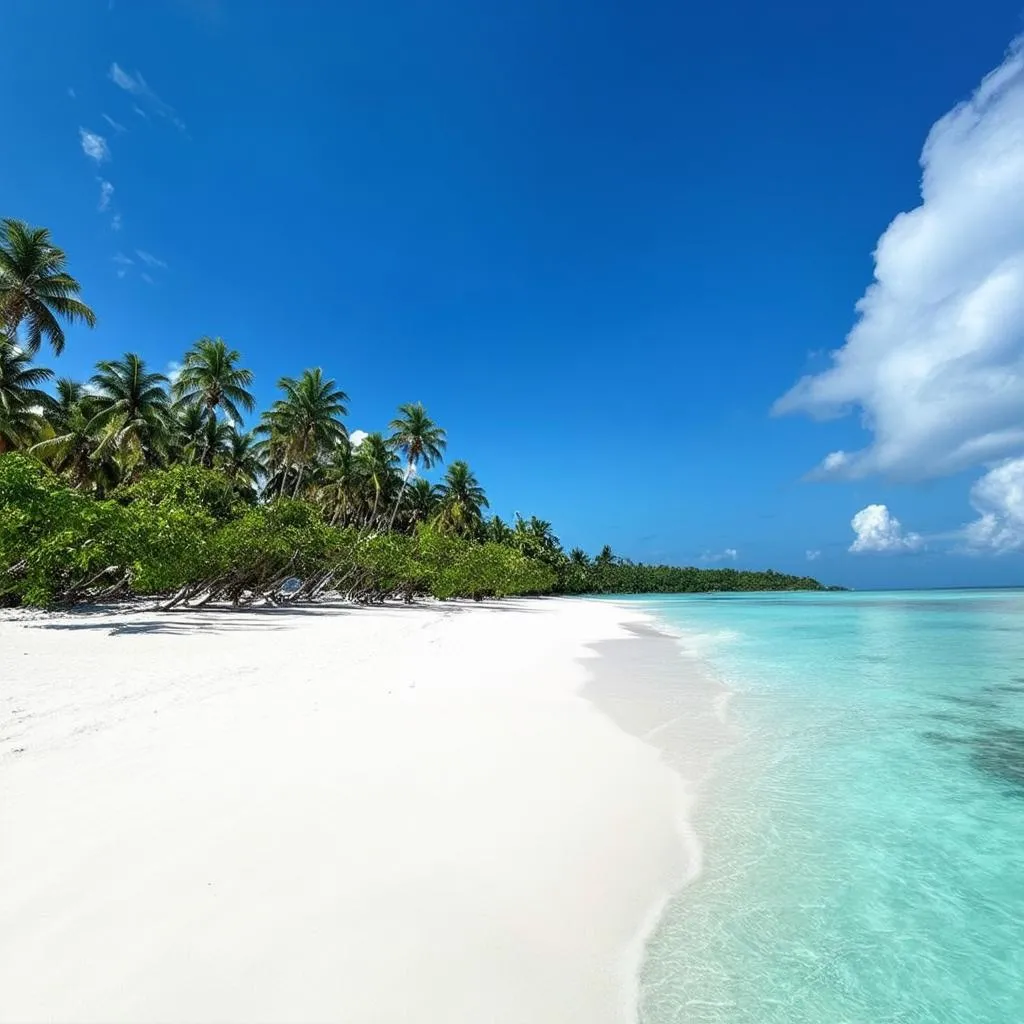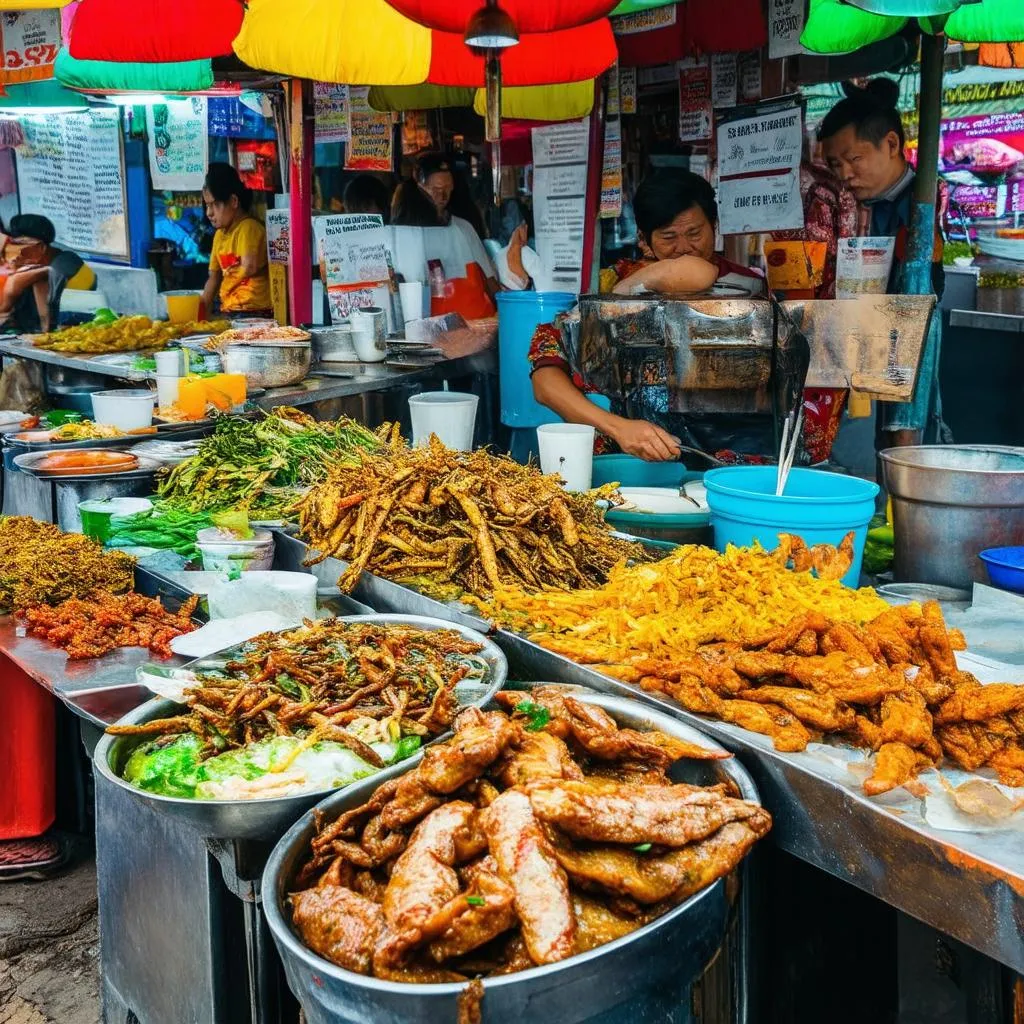Have you ever dreamt of pristine beaches, turquoise waters, and lush green rice terraces? The Philippines, with its 7,641 islands, offers a slice of paradise for every traveler. But how much does it really cost to experience this tropical haven? Let’s dive into the details and unlock the secrets to planning an unforgettable and affordable Philippine adventure.
Understanding the Costs
The cost of traveling to the Philippines can vary greatly depending on your travel style, preferences, and the length of your stay. Are you a backpacker seeking budget-friendly adventures, or do you prefer luxurious getaways? Understanding your travel persona is the first step to estimating your expenses.
Budget Breakdown: What to Expect
Here’s a breakdown of the average daily costs for different travel styles:
Budget Traveler:
- Accommodation: Dorm rooms or budget hotels – $10-30 per night
- Food: Local eateries and street food – $10-20 per day
- Transportation: Local buses and jeepneys – $5-10 per day
- Activities: Hiking, swimming, exploring – $10-20 per day
- Total: $35-80 per day
Mid-Range Traveler:
- Accommodation: Comfortable hotels or guesthouses – $40-80 per night
- Food: Mix of local and international restaurants – $20-40 per day
- Transportation: Domestic flights, taxis, ferries – $20-40 per day
- Activities: Island hopping, diving tours, cultural experiences – $30-60 per day
- Total: $110-220 per day
Luxury Traveler:
- Accommodation: Upscale resorts and villas – $150+ per night
- Food: Fine dining experiences – $50+ per day
- Transportation: Private drivers, domestic flights – $50+ per day
- Activities: Luxury spa treatments, private tours – $100+ per day
- Total: $350+ per day
Remember, these are just average estimations. Your actual expenses may vary.
Tips for Budget-Conscious Travelers
- Travel during the off-season: Consider visiting during the shoulder months (May-June and September-October) for lower prices and fewer crowds.
- Embrace local transportation: Jeepneys and buses are incredibly affordable and a great way to experience local life.
- Dine like a local: Skip the fancy restaurants and savor delicious and budget-friendly meals at local eateries or “Karinderyas.”
- Look for free activities: The Philippines is blessed with stunning natural beauty. Explore beaches, go hiking, and soak in the culture without breaking the bank.
Planning Your Philippine Adventure
Choosing Your Destinations:
- For pristine beaches: Boracay, El Nido (Palawan), Siargao
- For cultural experiences: Vigan, Cebu City, Intramuros (Manila)
- For adventure seekers: Banaue Rice Terraces, Mount Apo, Donsol (whale shark watching)
Booking Flights and Accommodation:
- Book flights in advance for better deals, especially during peak season.
- Utilize travel aggregators and compare prices for accommodation.
Money Matters:
- The currency in the Philippines is the Philippine Peso (PHP).
- ATMs are widely available, but credit cards may not be accepted in smaller establishments.
Visa Requirements:
- Many nationalities can enter the Philippines visa-free for up to 30 days. However, it’s essential to check the specific visa requirements for your nationality.
Embracing the Filipino Spirit
Beyond the breathtaking landscapes and vibrant culture, what truly makes the Philippines special is its people. Known for their warm hospitality and infectious smiles, Filipinos will make you feel welcome wherever you go. Don’t hesitate to strike up conversations, learn a few local phrases, and embrace the “Bayanihan” spirit of community and helpfulness.
Travelcar.edu.vn: Your Guide to the Philippines
Planning a trip to the Philippines can be both exciting and overwhelming. That’s where TRAVELCAR.edu.vn comes in. Our website provides a wealth of information on everything from visa requirements and travel tips to detailed destination guides and insider recommendations. We’re here to help you plan your dream Philippine adventure, ensuring a seamless and unforgettable experience.
 Paradise Beach in the Philippines
Paradise Beach in the Philippines
Frequently Asked Questions
Q: What is the best time to visit the Philippines?
A: The best time to visit is during the dry season (November to April). However, the weather can be unpredictable, so it’s always a good idea to check the forecast closer to your travel dates.
Q: Is it safe to travel to the Philippines?
A: Like any destination, it’s essential to exercise caution and be aware of your surroundings. The Philippines is generally safe for travelers, but it’s always advisable to follow safety guidelines and avoid risky areas.
Q: Do I need to speak Tagalog to travel around the Philippines?
A: While English is widely spoken, especially in tourist areas, learning a few basic Tagalog phrases can enhance your interactions with locals and enrich your cultural experience.
Q: What are some must-try Filipino dishes?
A: Don’t miss out on Adobo (chicken or pork stewed in soy sauce and vinegar), Sinigang (sour soup), Lechon (roasted pig), and Halo-Halo (a popular dessert).
 Delicious Philippine Street Food
Delicious Philippine Street Food
Unforgettable Experiences Await
From exploring the enchanting Chocolate Hills in Bohol to witnessing the majestic Mayon Volcano in Albay, the Philippines is a tapestry of unforgettable experiences. Whether you’re seeking adventure, relaxation, or cultural immersion, this archipelago has something for everyone. Start planning your Philippine journey today and create memories that will last a lifetime.
Pro Tip: For more insights on navigating the Philippines, check out our guide on “How to Travel the Philippines” [link to https://travelcar.edu.vn/how-to-travel-the-philippines/ with text “How to Travel the Philippines”].
Ready to Explore?
The Philippines awaits with open arms and a promise of adventure. With careful planning and our comprehensive guide, you can experience the magic of this tropical paradise without breaking the bank. So, pack your bags, embrace the Filipino spirit, and embark on an extraordinary journey.
Don’t forget to share your thoughts and experiences in the comments below. Happy travels!
